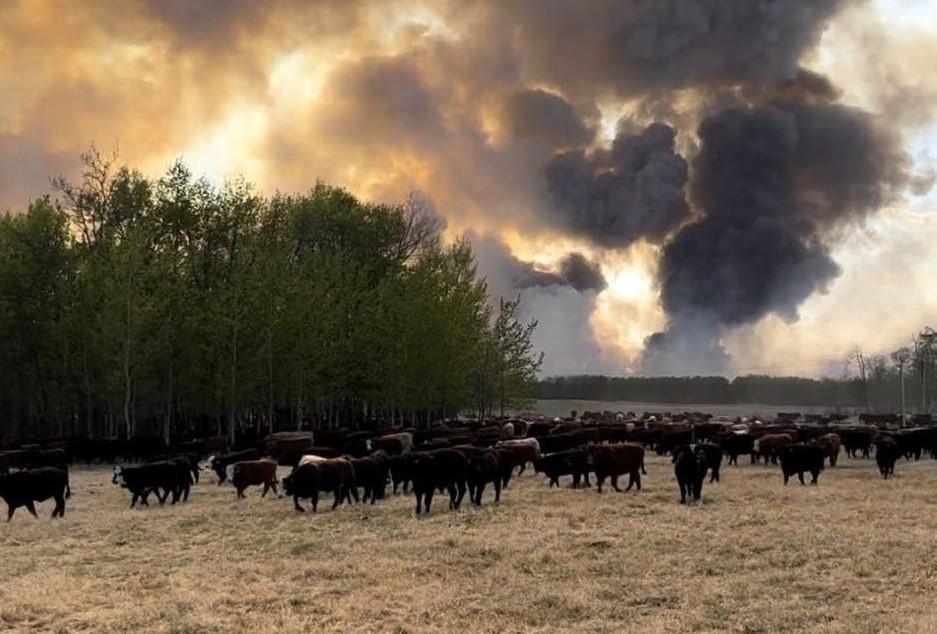EDMONTON--Fred Young, a rural Alberta farmer with 140 acres of land west of Edmonton, started to worry when the thick smoke outside made it hard to breathe. Flames were engulfing the region in late April and early May, and farmers were struggling to rescue their livestock, he says.
Soon after, on May 4, RCMP officers went door to door, telling residents that it was mandatory to evacuate due to out-of-control wildfires spreading across the province.





